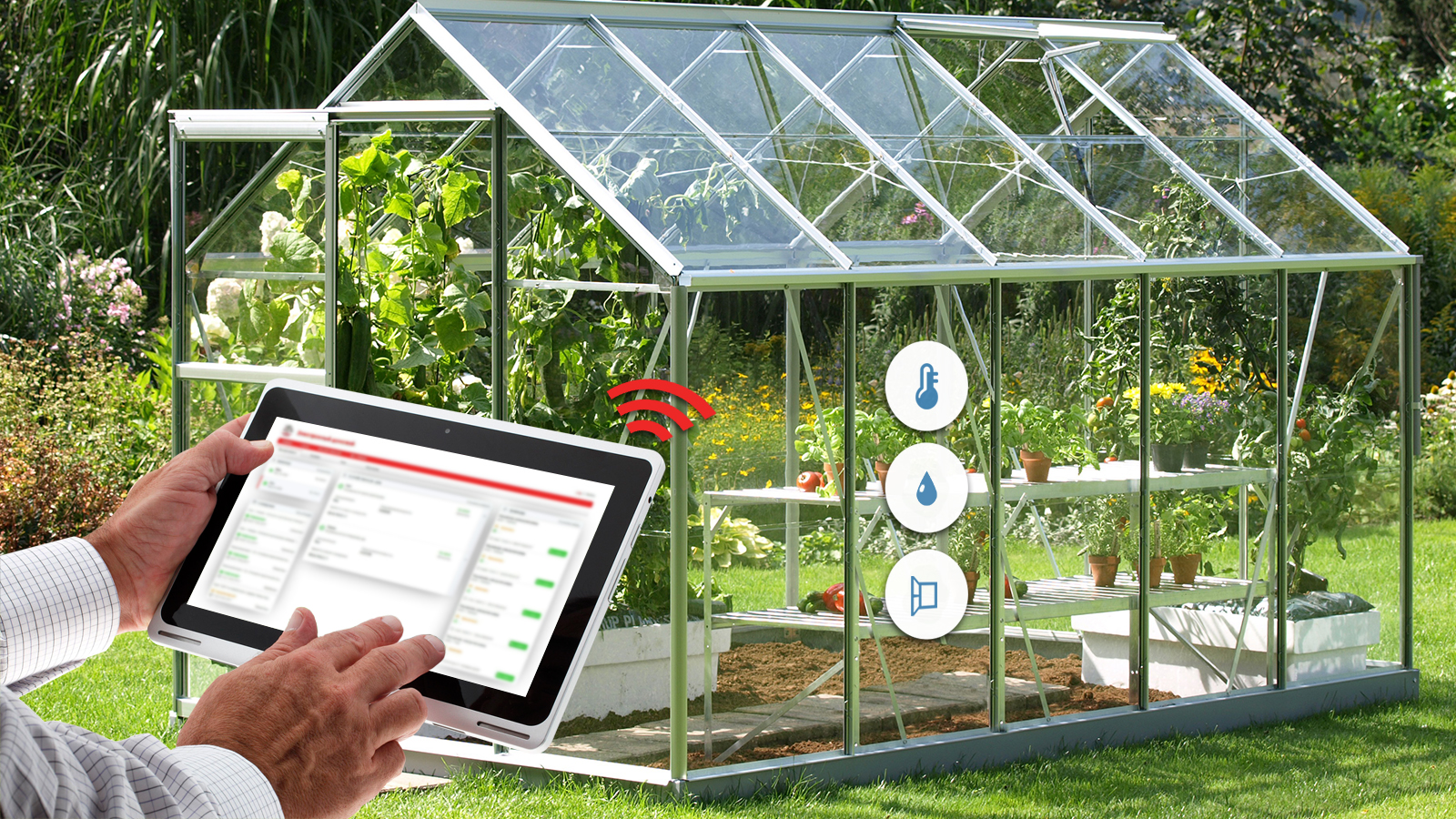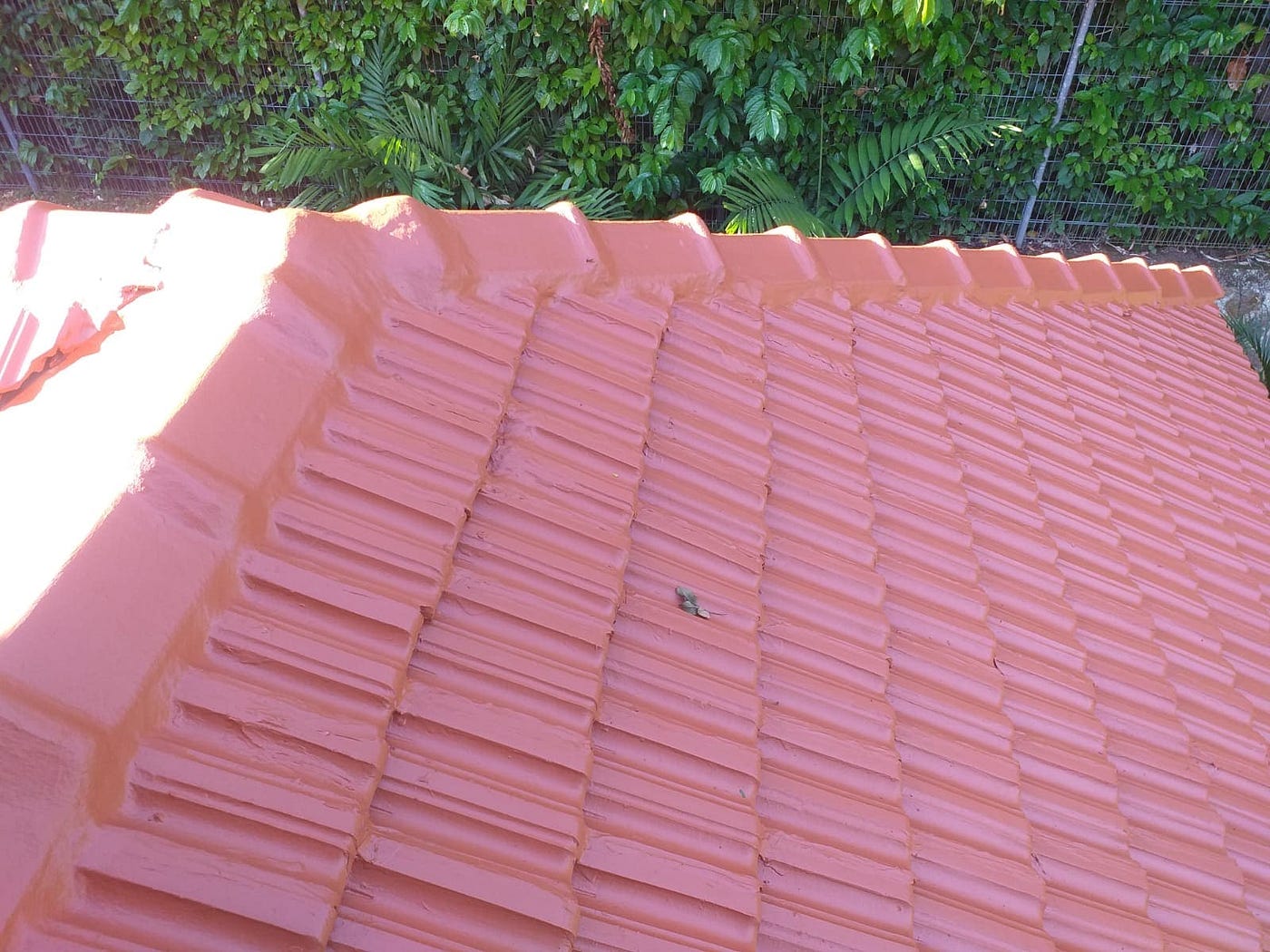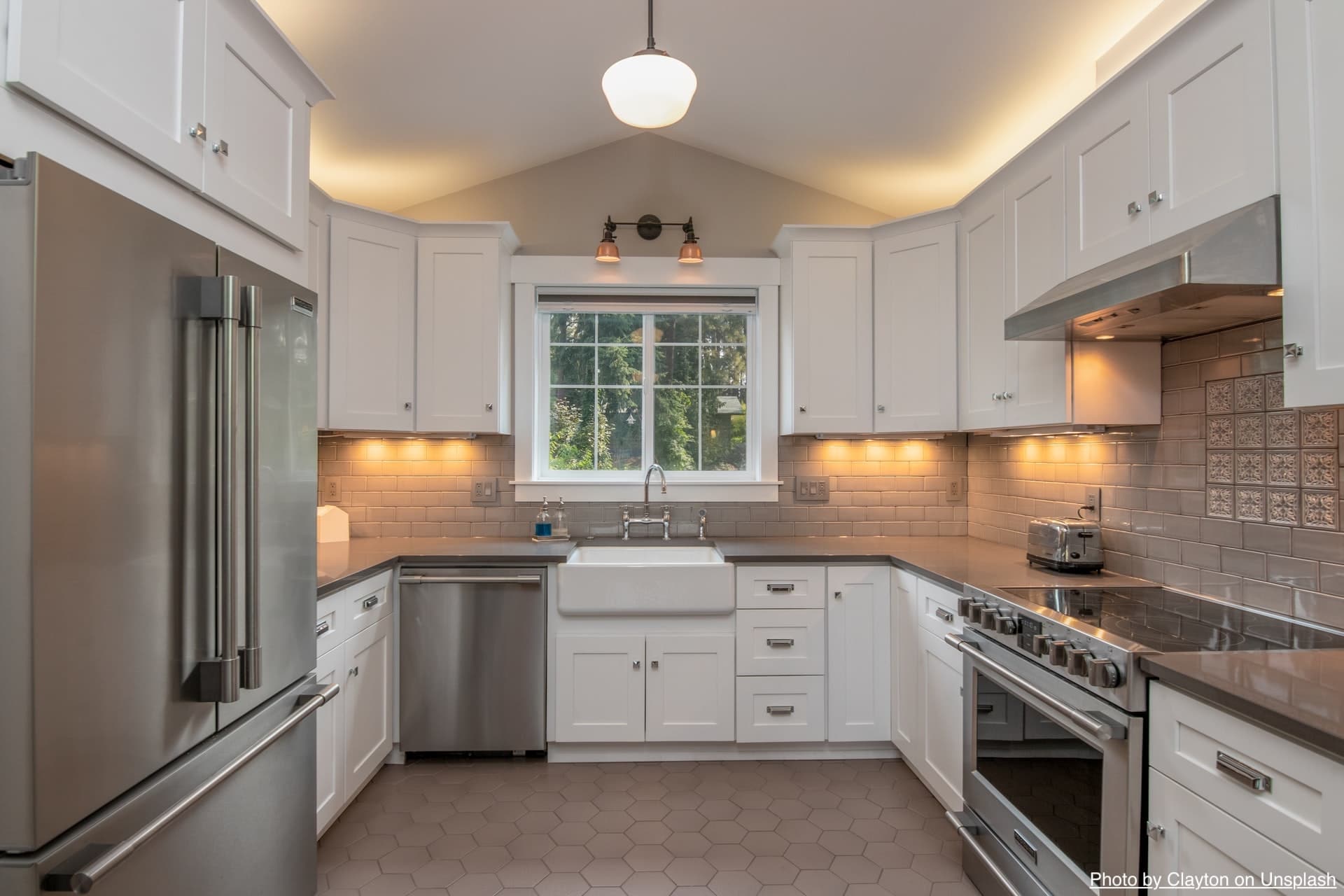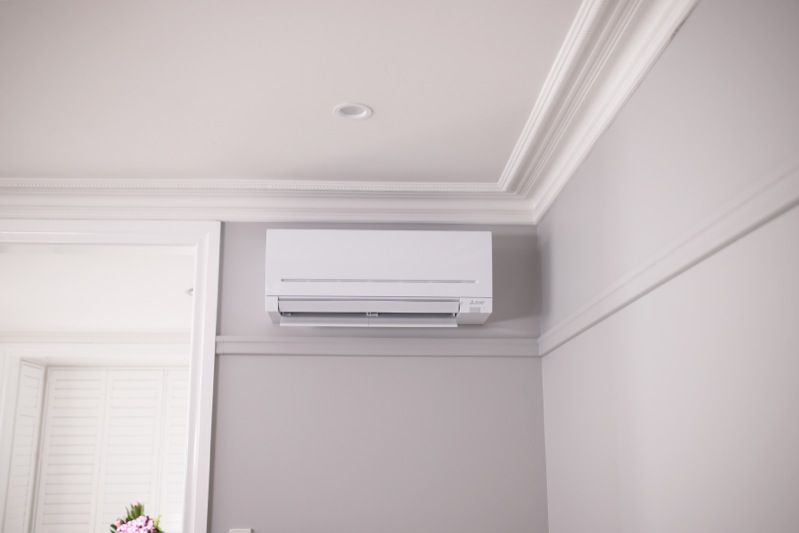Build a Smart Green House

While the world is in the midst of the Covid-19 pandemic, it is also amid another crisis that threatens not just humans but the earth itself and all life in it. According to the World Meteorological Organization (WMO) in its State of the Global Climate 2020 report, the global average temperature must not reach 1.5-degrees Celsius above the pre-industrial level, or else the planet will suffer the worst effects of climate change. It is alarming that in 2020, the global average temperature was already at 1.2-degrees Celsius above the pre-industrial level. The highest temperatures in history were from 2015 to 2021.
World leaders recognize this threat. During the Leaders Summit on Climate from April 22 to 23, UN Secretary-General António Guterres called on countries to achieve net-zero carbon emissions by 2050. Several countries, including the U.S., agreed. The U.S. also declared it will halve its greenhouse gas emissions by 2030.
Individuals and families can contribute toward reaching this goal by building green homes. If every new home constructed henceforth is environmentally friendly, and existing homes become environmentally safe, this will be a huge step toward decreasing harmful emissions.
Table of Contents
Building a Green Home
The location of an environmentally friendly home must have easy access to public transportation to save gas. Construction on the site must not harm the ecology and must use environmentally safe building materials and construction methods. The home design must support the efficient use of energy, water, and other resources. The indoor environment must have good air quality.
Installing solar panels greatly increases the energy efficiency of a home. Instead of relying on traditional unsustainable power sources, the home uses solar power for all its energy needs. According to Wood Mackenzie and the Solar Energy Industries Association’s (SEIA) U.S. Solar Market Insight 2020 Year-in-Review report, the country’s solar industry experienced annual growth of 43 percent in 2020 and broke records with 19.2 gigawatts of capacity. Residential use also broke records at 3.1 gigawatts representing an annual increase of 11 percent.
Solar technology topped all other power technologies as it produced 43 percent of the new electricity-generating capacity in 2020. Wood Mackenzie predicts the installation of 324 gigawatts of solar capacity through the next ten years. SEIA president and CEO Abigail Ross Hopper foresees that one in eight or 12.5 percent of American households will use solar energy by 2030.
More energy can be conserved with proper insulation and sealing, as well as the use of window treatments that keep the home warm in winter and cool in summer. The proper placement of trees and plant trellises can also shield the home from too much summer sun.
A green home must conserve water. It must have a rainfall catchment system that connects to gray water uses such as toilets, lawn sprinklers, and faucets used to clean outdoors. Homeowners must choose plumbing systems certified to have lower water consumption.
Certified Green Homes
Several certifications attest to the ecological soundness of a home. The Leadership in Energy and Environmental Design (LEED) certification of the U.S. Green Building Council (USGBC) is internationally recognized and implemented. It qualifies homeowners for lower insurance premiums and tax credits while increasing the value of the property.
The National Green Building Standard (NGBS) certification of the National Association of Home Builders (NAHB) also increases the value of the property and makes homeowners eligible for incentives and tax credits.
The U.S. Environmental Protection Agency (EPA) administers several certification programs, as well. The ENERGY STAR program is implemented even in Canada, Australia, New Zealand, Europe, Japan, and Taiwan. The ENERGY STAR Residential New Construction program guides homebuilders in saving energy and electricity and reducing greenhouse gas emissions. The Indoor airPLUS program certifies the quality of indoor air in a home. WaterSense labeled homes use 30 percent less water than the usual homes.

Making a Green Home Smart
The use of smart technology further improves the energy savings of a green home. It applies the Internet of Things (IoT) to a home, connecting and automating all energy-using appliances and devices. This enables the homeowner to control when things turn on and off, even offsite through a smartphone, or install motion and climate sensors to do the work.
For instance, some outdoor lights can automatically turn off in the daytime and turn on when it gets dark. Indoors, lights with sensors can turn on when someone enters a room and turn off when no one is in the room. Climate sensors can turn a heater or air conditioner on or off, up or down, depending on the room’s temperature. There is no waste of energy.
Live Smart and Green
To be a responsible resident of planet Earth, every homeowner must take steps—even small steps for a start—to make the home as green as possible. Using smart technology can help. Not only will it result in energy and cost savings, but it is also a lot of fun.





